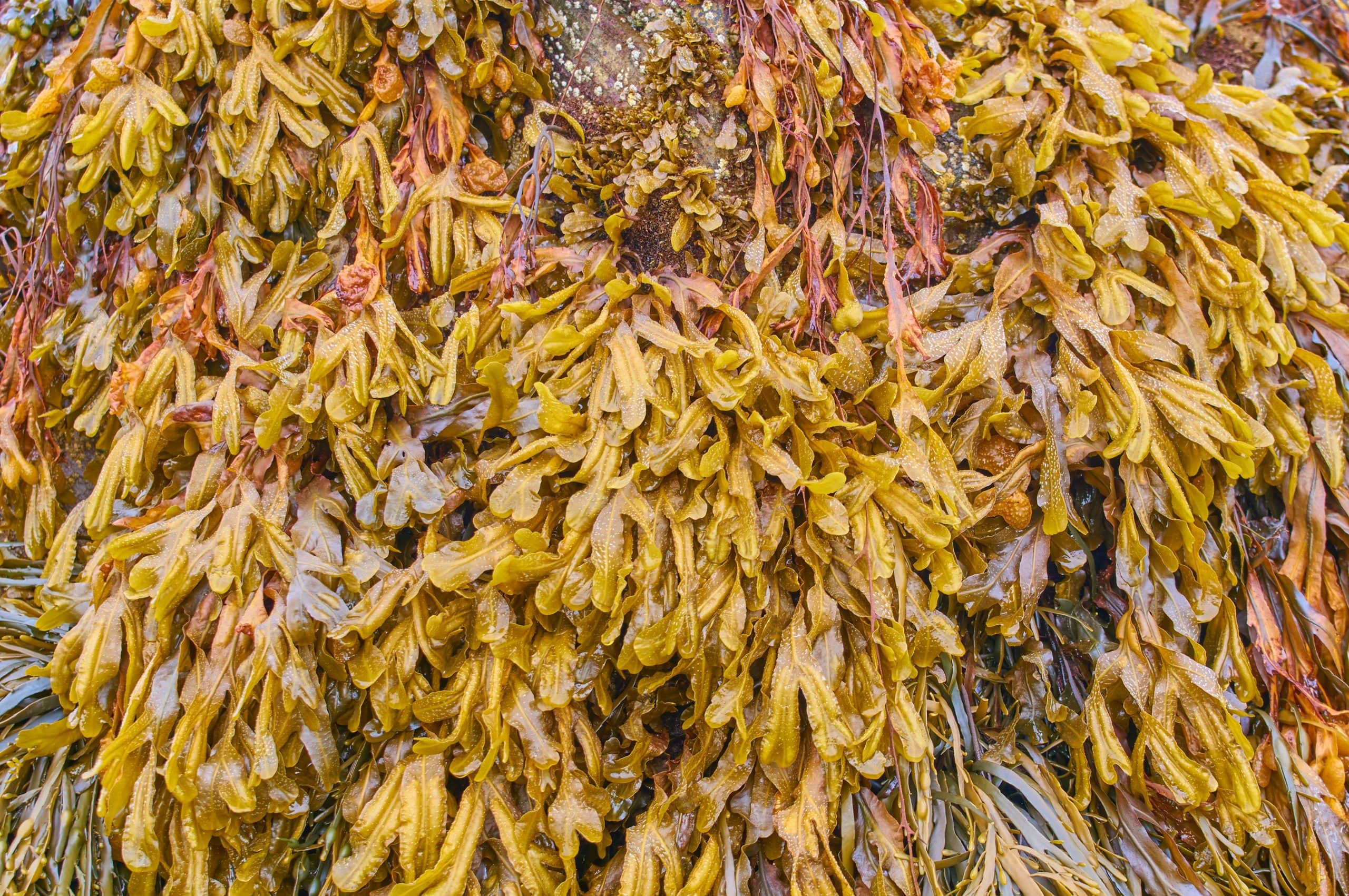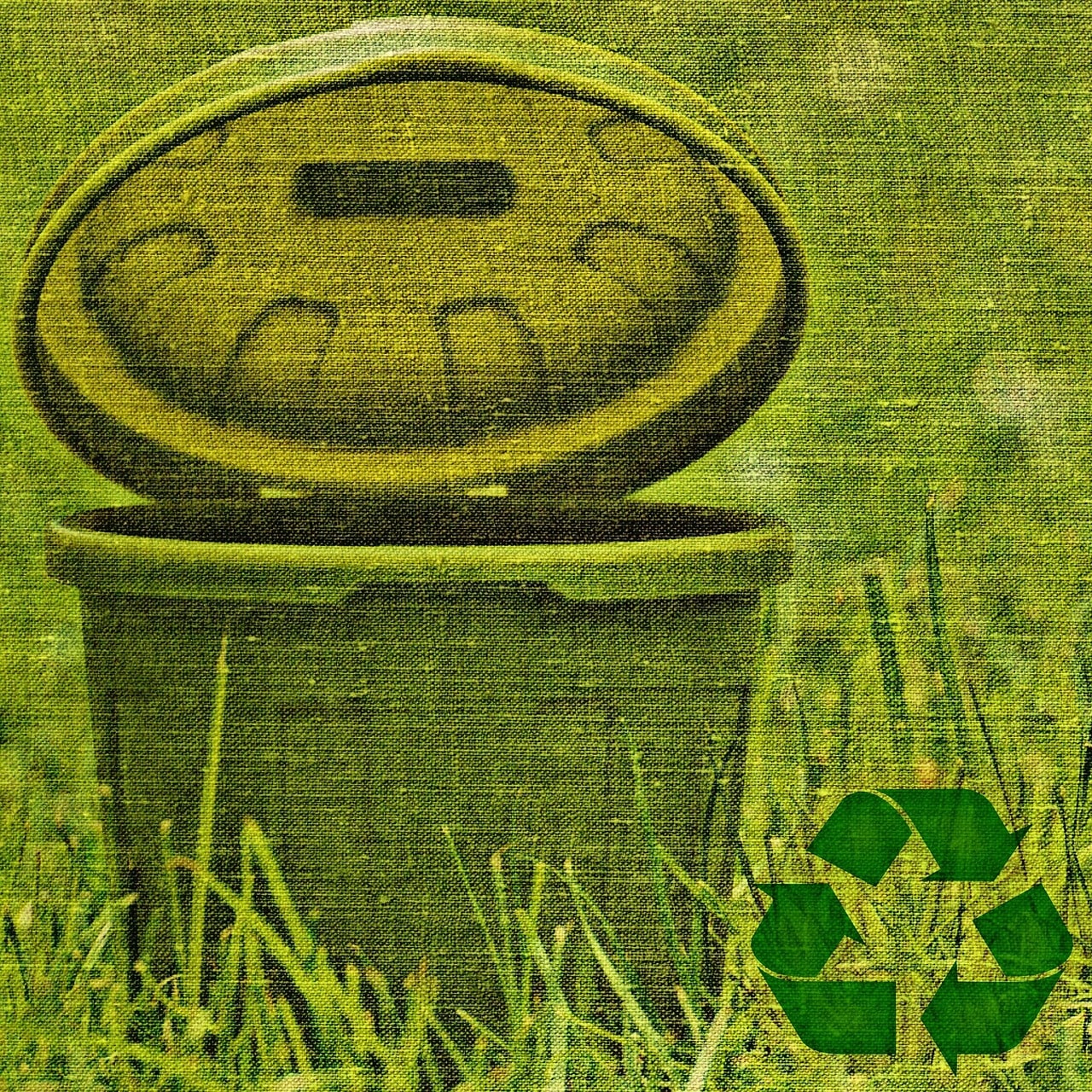Seaweed Culture – An Adaptation cum Mitigation Response to Climate Change in India
3 mins read
•
Updated 1 year ago

In 2019, the Centre published the Revised Draft Mariculture Policy, to enable
sustainable development of mariculture in India in order to reach its potential of 4 to 8 million tonnes from its current levels of 0.01 million tonnes and seeks to promote farming of seaweeds for extraction. It also recognizes the role of seaweed culture in ensuring nutritional security and improving the livelihood of coastal communities. Recently, National Fisheries Policy, 2020 also recognizes mariculture as an alternate livelihood option, reducing the stress on fisheries, and envisages the expansion of seaweed culture. Why is this relevant in Climate Change? A Special Report of the Intergovernmental Panel on Climate Change (2019) suggests to promote further research attention on seaweed aquaculture, considering its increased potential to achieve negative carbon emissions. Recently, a study led by Indian Council of Agricultural Research-Central Marine Fisheries Institute (ICAR-CMFRI), has concluded that seaweeds play a role in combating higher levels of CO2 and therefore can be effective in mitigating effects of ocean acidification. India has an approximate record of 865 species of seaweeds along its coasts, with the highest diversity and abundance in coasts of Tamil Nadu and Gujarat.Along the Gulf of Mannar (Coromandel Coast), the commercial cultivation of seaweed through the collaboration of Central Salt Marine Chemical Research Institute and Central Marine Fisheries Research Institute has not just given an alternate livelihood option, but has also empowered women resulting in burgeoning number of women led self-help groups. Another study based in Ramanathapuram and Mandapam areas of Tamil Nadu, found that a substantial portion of seaweed farming families were women-led which further motivated others to engage in seaweed farming, thereby emerging as a sustainable livelihood option with a potential to relieve pressure on fisheries. Similar effects of seaweed farming on women empowerment and positive environmental impacts in countries like Philippines, Tanzania and Indonesia has also been highlighted by the Food and Agricultural Organization while assessing its technical and economic importance. Further, with an increasing demand, cultivation of seaweed is thus seen as a potential area for revenue development for coastal communities in developing nations.
Seaweed Culture – An Emerging Blue Carbon Sequester With Multiple Co-Benefits
Blue carbon is defined by the IPCC as carbon captured by living organisms in coastal and marine ecosystems. International Union for Conservation of Nature (IUCN) recognizes blue carbon as “nature-based” solution to Climate Change with multiple co-benefits such as carbon sequestration in terms of mitigation and coastal protection from wave energy, sea level rise, spawning grounds for fish etc., in terms of adaptation. However, unlike mangroves, tidal marshes and seagrasses(1), macro algae (seaweeds) are not mostly included in blue carbon assessments due to associated uncertainties. The contribution of seaweeds in Climate Change mitigation strategies as “carbon sinks” is recently being reconsidered which is also evident in the previously stated IPCC Special Report. In India, an experimental study (2009) revealed that a total of 260876 tonnes of seaweed biomass along the Indian coast, absorbed 9052 tCo2/day while emitting 365 tCo2/day. It is also noteworthy that, of the 3 types of algae studied, the emission is attributed to one specific type, with the other two species quantifying zero Co2 emissions. An Australian study establishes that macro algae (seaweeds) have a limited capacity for carbon sequestration, since they are unable to accumulate carbon underground due to their lack of roots, but nevertheless abundantly contribute to carbon sequestration by acting as “carbon donors”, donating carbon to another habitat which buries the carbon.
blue carbon
carbon sequestration
fisheries
mariculture
india
seaweed
climate change

